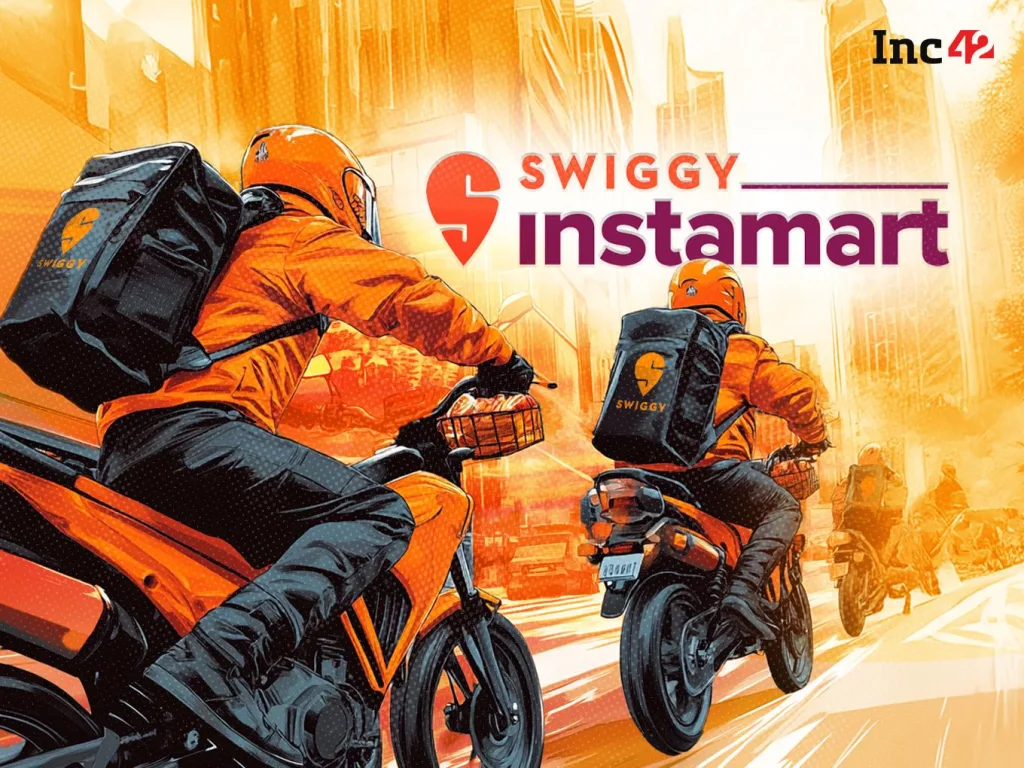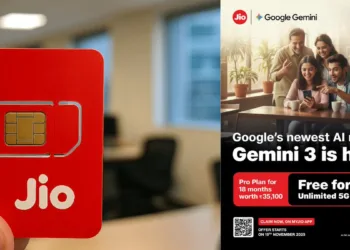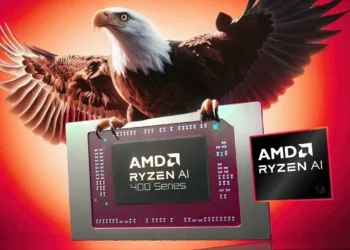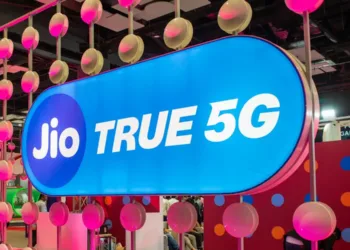Quick commerce is booming, but Swiggy Instamart is struggling to keep up. Despite being an early mover in India’s 10-minute delivery war, its latest financials paint a concerning picture.
In Q3 FY25, Swiggy Instamart reported a staggering INR 527 Cr loss, a 70% YoY increase, raising serious questions about its long-term viability. Meanwhile, rivals like Blinkit and Zepto are aggressively expanding, capturing market share with rapid deliveries and optimized operations.
So, where does Instamart stand? Is it just a bump in the road, or is Swiggy losing its grip on quick commerce? Let’s dive deep into its challenges, strategies, and what the future might hold.
Table of Contents
The Rise and Struggles of Swiggy Instamart
Swiggy launched Instamart in 2020, at the peak of the pandemic, to capitalize on the growing demand for instant grocery deliveries. The idea was simple: deliver groceries and essentials in under 30 minutes, gradually reducing it to the now-common 10-15 minutes model.
The company quickly gained traction, thanks to:
✅ Strategic dark store expansion across metros and Tier-1 cities
✅ Deep discounting and offers to attract users
✅ Integration with Swiggy One, offering free deliveries for subscribers
However, as competition intensified, profitability took a hit. While Instamart increased its SKUs to match supermarkets, these efforts haven’t translated into customer loyalty—leading to rising losses and declining unit economics.
Breaking Down Instamart’s Q3 Financials: A Worrying Trend?
Swiggy has always been a cash-burning business, but Instamart’s recent numbers have raised eyebrows.
🔴 Q3 FY25 Loss: ₹527 Cr (a 70% jump from last year)
🔴 Customer acquisition costs rising, yet retention remains a challenge
🔴 Increased SKUs and expansion, but unit economics continue to deteriorate
What’s Causing the Losses?
1️⃣ Discount Wars & Customer Retention Struggles
Swiggy has relied heavily on discounts, free deliveries, and Swiggy One perks to keep users engaged. But as Blinkit, Zepto, and BigBasket Now ramp up similar strategies, Instamart’s customer retention is under threat.
2️⃣ Warehousing & Logistics Costs
Quick commerce is capital-intensive. Every dark store, last-mile delivery operation, and fulfillment center adds costs. With customer order volumes fluctuating, these costs often outweigh revenue.
3️⃣ Unit Economics Problem
With average order values (AOVs) stagnating and operational costs rising, Instamart is struggling to make money per order. The more they deliver, the more money they lose—a model that’s unsustainable in the long run.
Can Swiggy Instamart Bounce Back? The Road Ahead
Despite its Q3 losses, Instamart isn’t out of the game just yet. It still holds a strong brand presence, vast customer data, and a powerful tech ecosystem. However, for a turnaround, it must:
1️⃣ Improve Operational Efficiency
Right now, last-mile delivery costs and dark store inefficiencies are eating into margins. Optimizing:
✔ Warehouse management – Smarter inventory planning
✔ Route optimization – Reducing delivery times without adding costs
✔ Tech-driven fulfillment – Leveraging AI to streamline orders
2️⃣ Customer Stickiness Over Discount Addiction
Most quick commerce users are deal hunters—they jump between apps for the best offer. To make customers stay, Swiggy needs:
✔ Exclusive brand tie-ups – Partnering with premium grocery brands
✔ Loyalty programs – More incentives for repeat orders
✔ Personalized recommendations – AI-driven shopping experiences
3️⃣ A Clearer Path to Profitability
Swiggy needs to find a balance between growth and sustainability. Possible solutions:
✔ Tier-2 & Tier-3 city expansion – Less competition, more potential
✔ Higher-margin products – Focusing on packaged goods over fresh produce
✔ Subscription-based revenue – Strengthening Swiggy One

The Competitive Landscape: Instamart vs. Blinkit vs. Zepto
While Instamart struggles, competitors are doubling down on expansion and innovation:
🔸 Blinkit (Zomato-Owned)
✔ Fastest-growing quick commerce player in India
✔ Focus on 10-minute deliveries in key cities
✔ Better unit economics thanks to Zomato’s backing
🔸 Zepto
✔ Younger but aggressively expanding
✔ Hyper-local dark stores for faster deliveries
✔ Higher margins due to streamlined operations
🔸 BigBasket Now (Tata-owned)
✔ Strong supply chain & sourcing power
✔ Better integration with Tata’s ecosystem
✔ Focus on premium customers over mass market
Each competitor has a unique advantage. If Swiggy Instamart doesn’t adapt fast, it risks falling behind permanently.
Will Instamart Survive? Final Thoughts
Instamart’s Q3 losses may seem alarming, but the quick commerce battle is far from over. Swiggy has the resources, brand recognition, and customer base to turn things around—but only if it prioritizes profitability, customer experience, and operational efficiency.
Key Takeaways:
🔹 Losses are mounting, but Instamart isn’t doomed yet
🔹 Customer stickiness is the biggest challenge
🔹 Blinkit and Zepto are gaining ground fast
🔹 Swiggy must optimize operations & rethink retention strategies
The next few quarters will be crucial in deciding whether Instamart can recover or whether it will lose out to its rivals.








